The Story of Ebola
The Story of Ebola is designed to help people see and understand how Ebola spreads and how to protect themselves.
In the fall of 2014, Ebola was spreading widely and rapidly in West Africa, fueled in part by fear, misinformation, and distrust among communities. Staff from NGOs present in West Africa reported that communities were grossly misinformed about the disease. It was clear that ordinary people in the region needed more and better information that could dispel rumors and myths, and help break the chain of Ebola infection.
Encouraged by the success of The Story of Cholera, we set out to produce another animated educational film—The Story of Ebola—in collaboration with the International Federation of Red Cross and Red Crescent Societies, UNICEF, and Yoni Goodman.

Ebola can be beaten.
When community members come together
with health workers, and work together,
that’s when this disease can be stopped.
Bruce Aylward, WHO
The story features a young girl whose grandfather dies from Ebola and puts the rest of her family at risk. The film makes visible the invisible Ebola germs to help people realize how Ebola spreads and how to protect themselves. Critical messages are woven through the story so that people better understand Ebola, see themselves within the context of an outbreak, and learn how to keep themselves safe from the disease and protect their communities.
The Story of Ebola has been watched 60 million times on our YouTube Channel alone, and is hugely popular beyond the regions where Ebola is a threat. The high-quality of the animation, the engaging story, and general interest in the transmission and prevention of the disease help explain its success. It will serve as an important educational film to help communities threatened by the disease to better understand and cope with potential outbreaks.
How “The Story of Ebola” is making a difference
The Story of Ebola was initially used in educational and awareness efforts in West Africa. With the prolonged outbreak in the Congo (DRC), the film was narrated in French and Lingala and used extensively by the Red Cross (IFRC), MSF/Doctors Without Borders, and other aid organizations to reach community leaders, traditional chiefs, and villagers. In spite of the challenging conditions, organizations showed the film to as many people as possible by traveling to villages with laptops and small projectors, and showing the film in Ebola treatment centers.
Testimonials
Awards
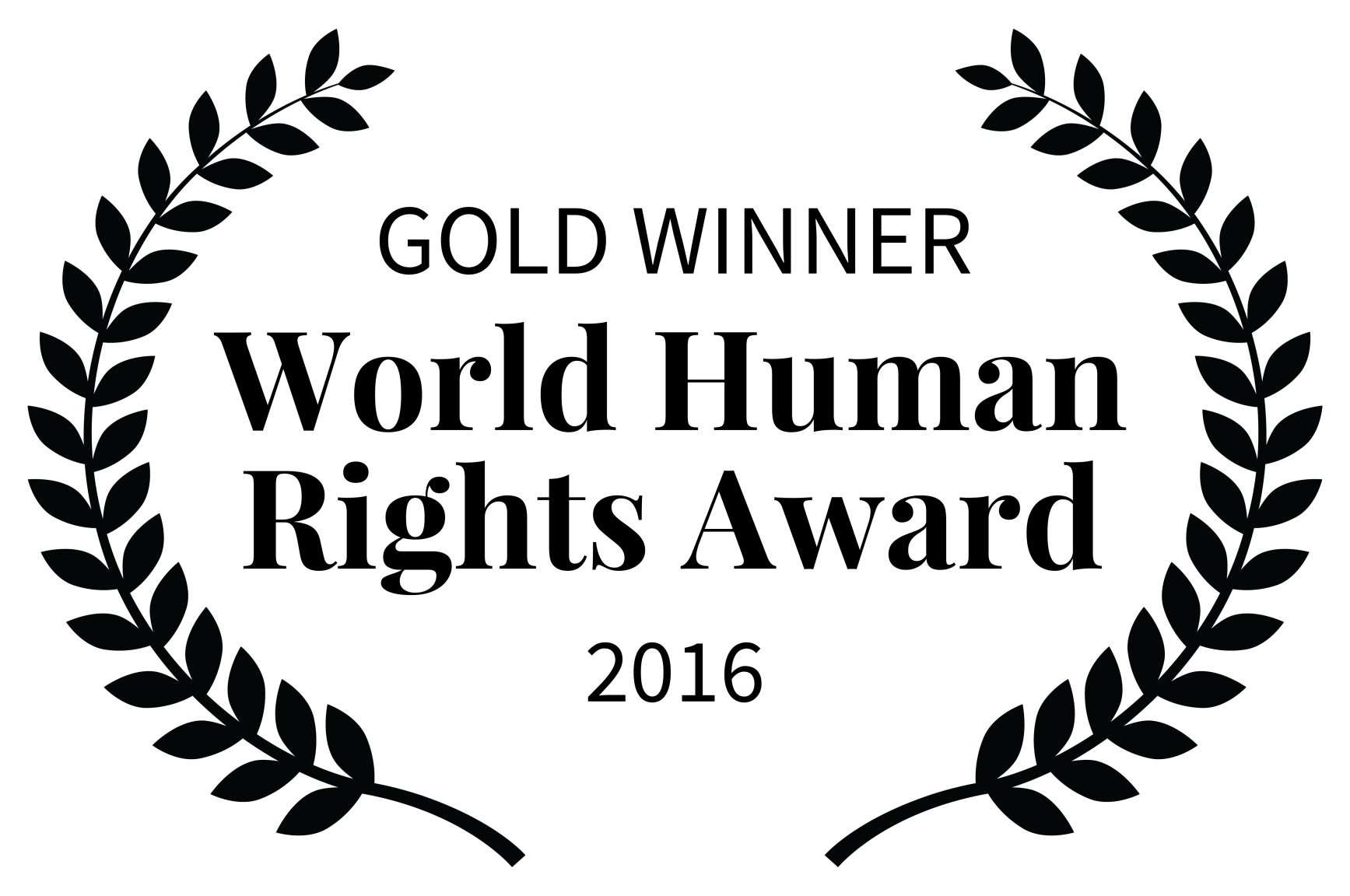
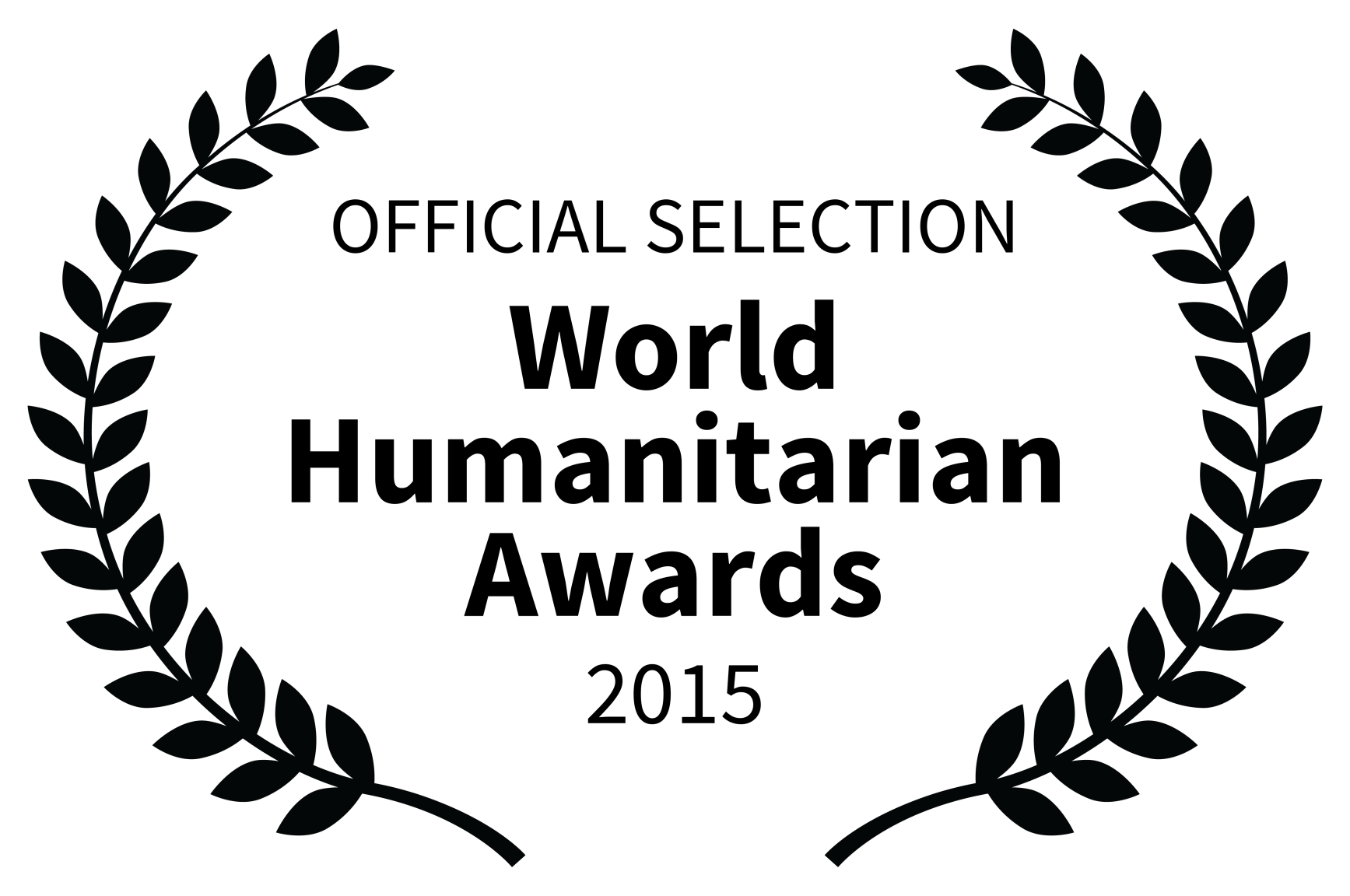
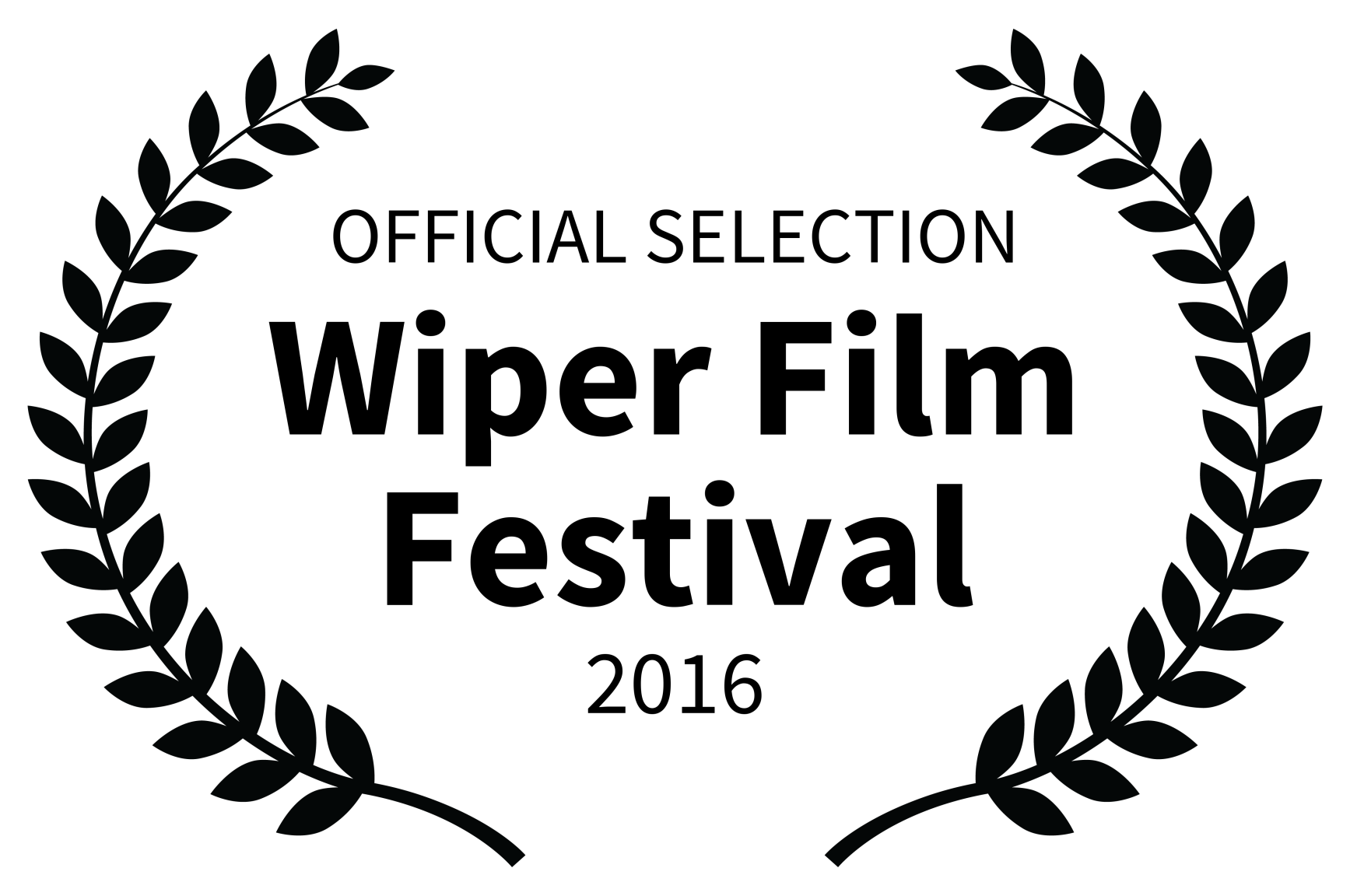

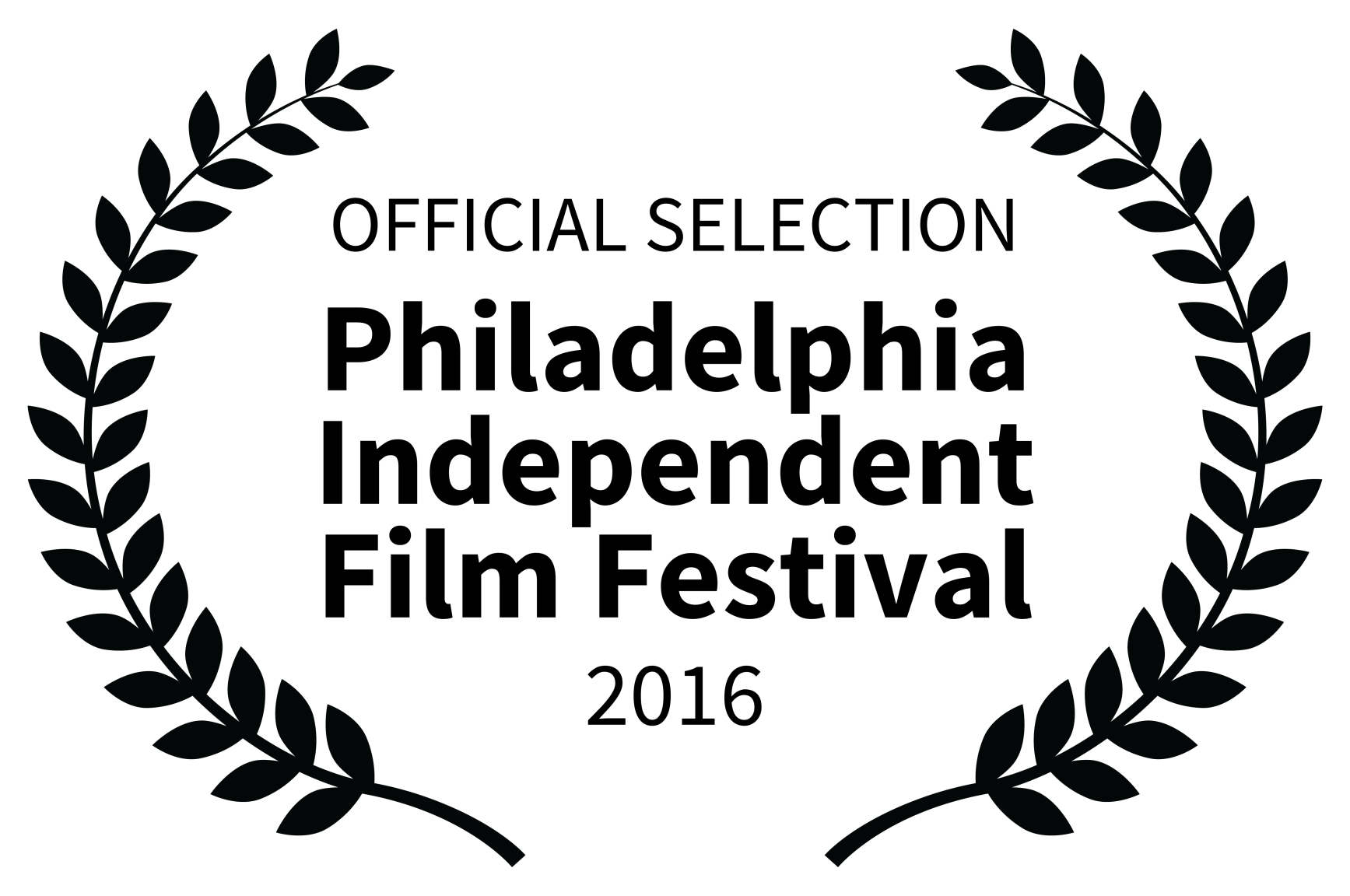
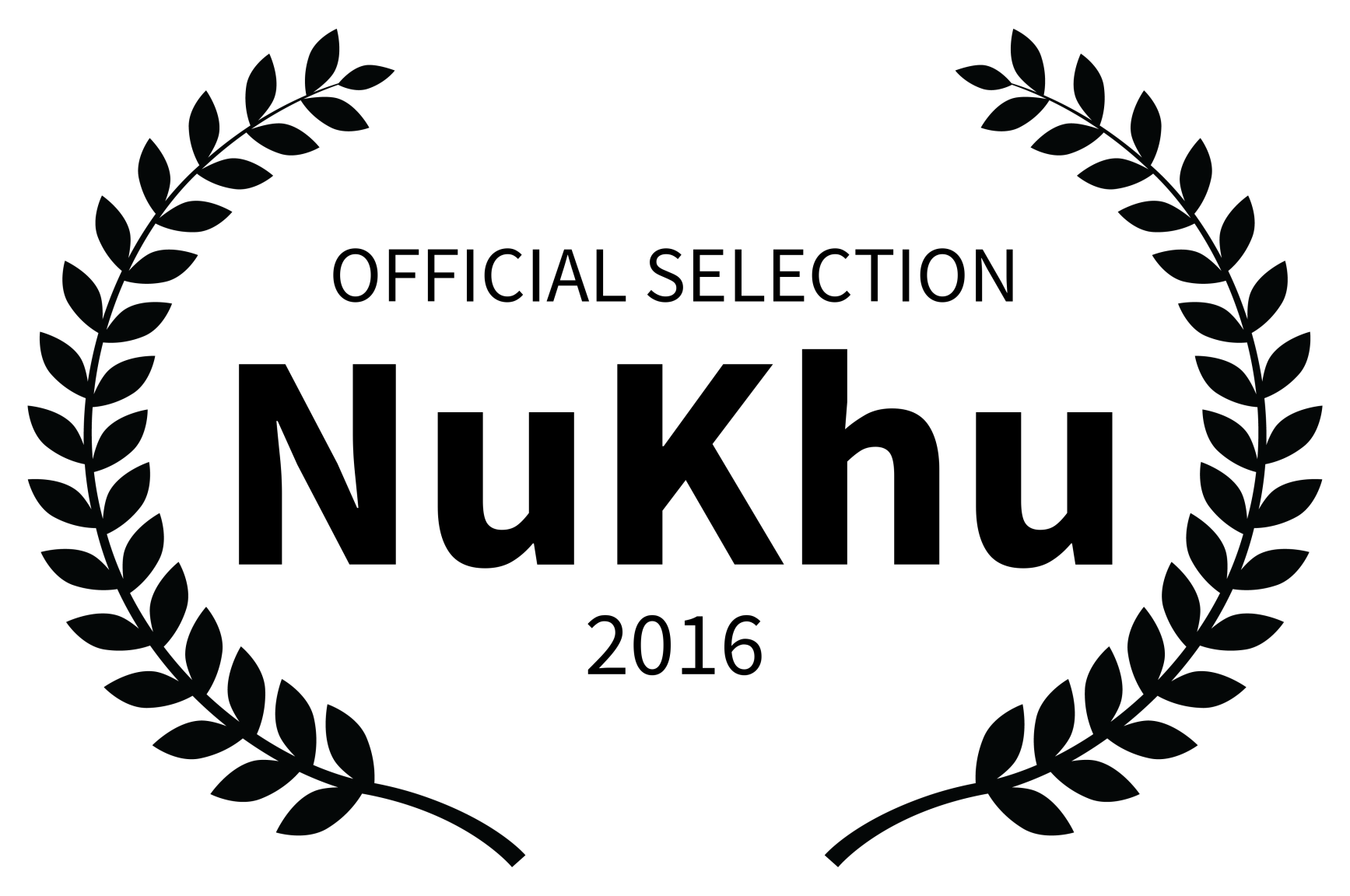
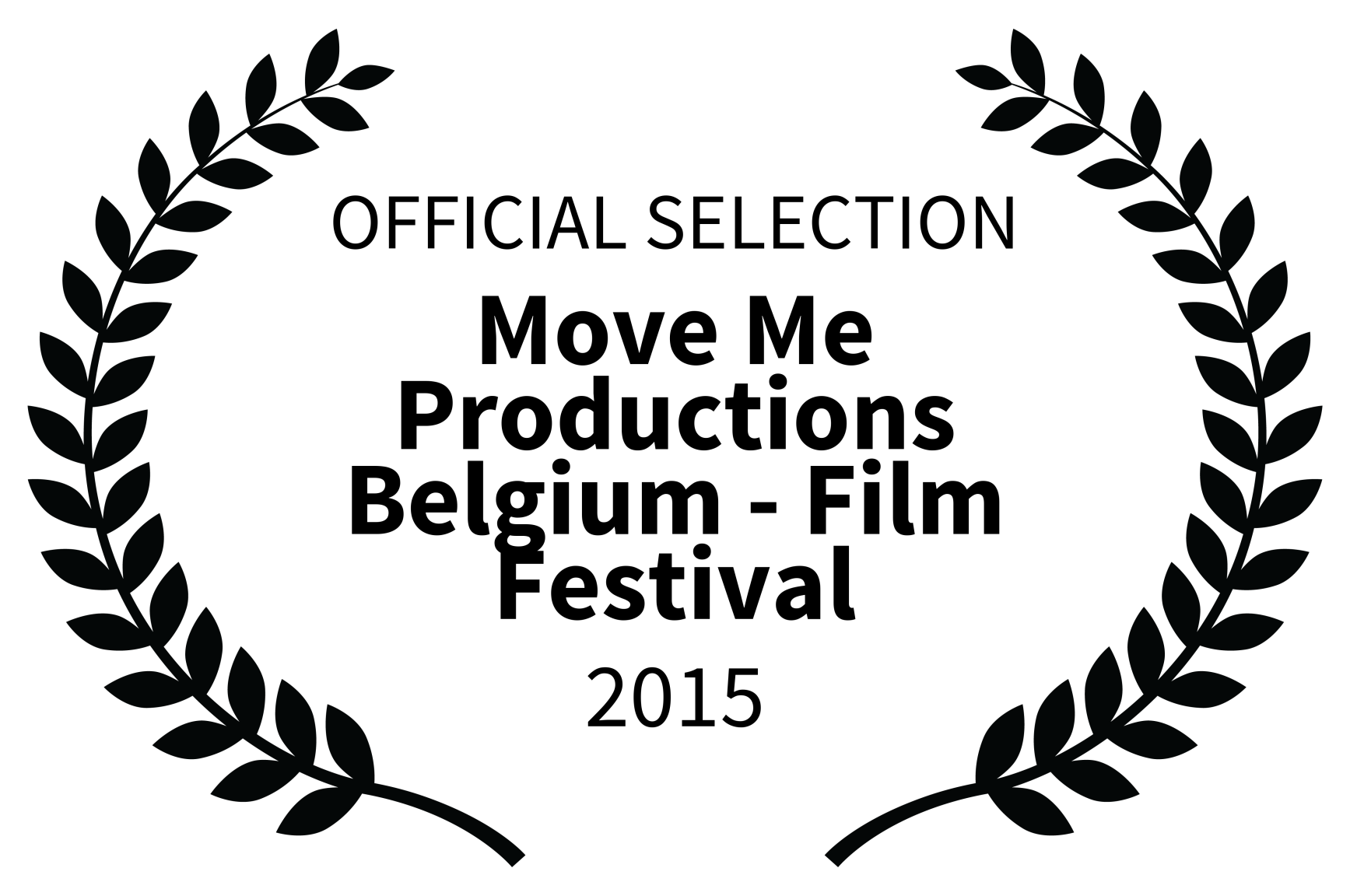
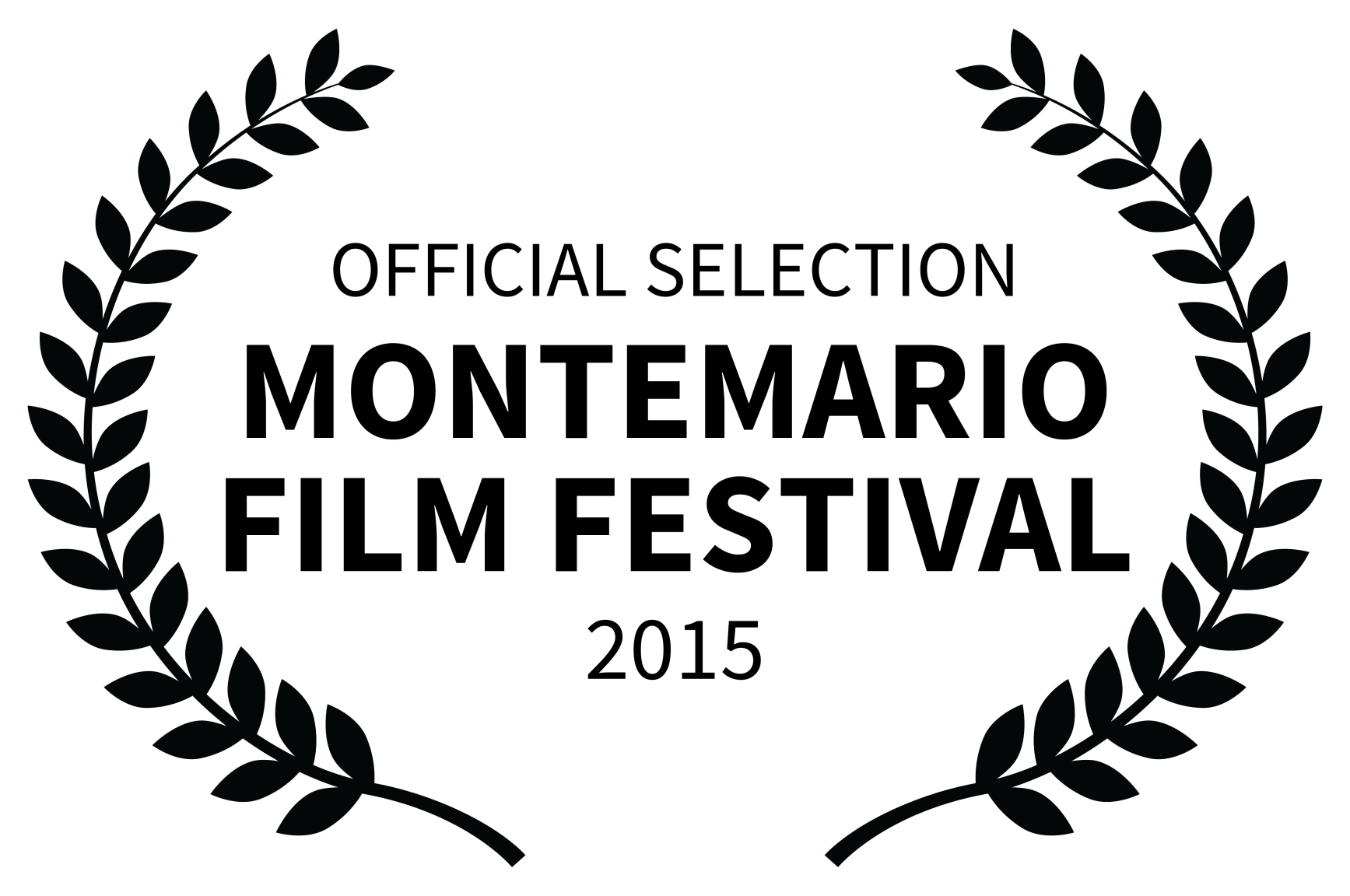
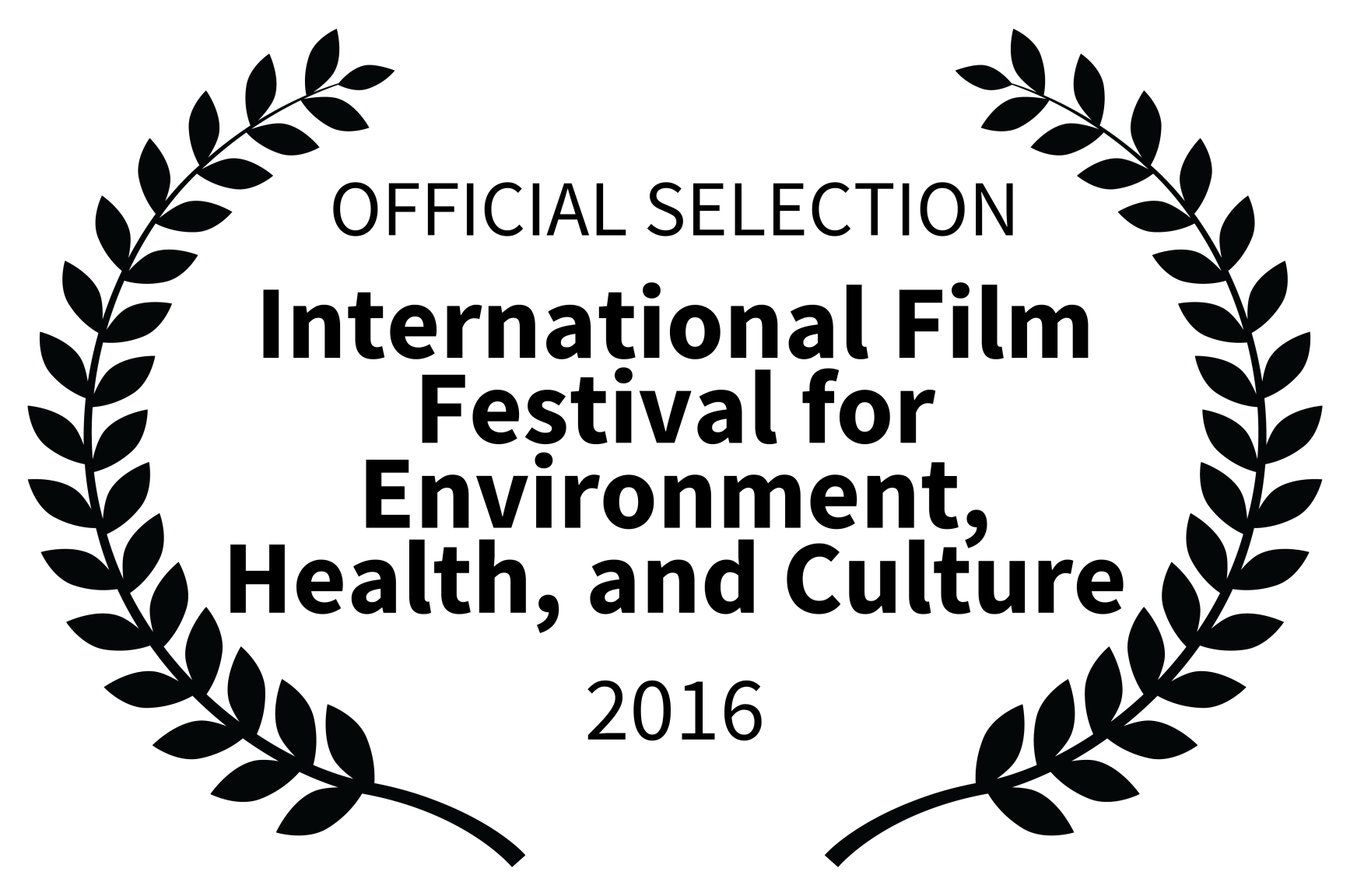
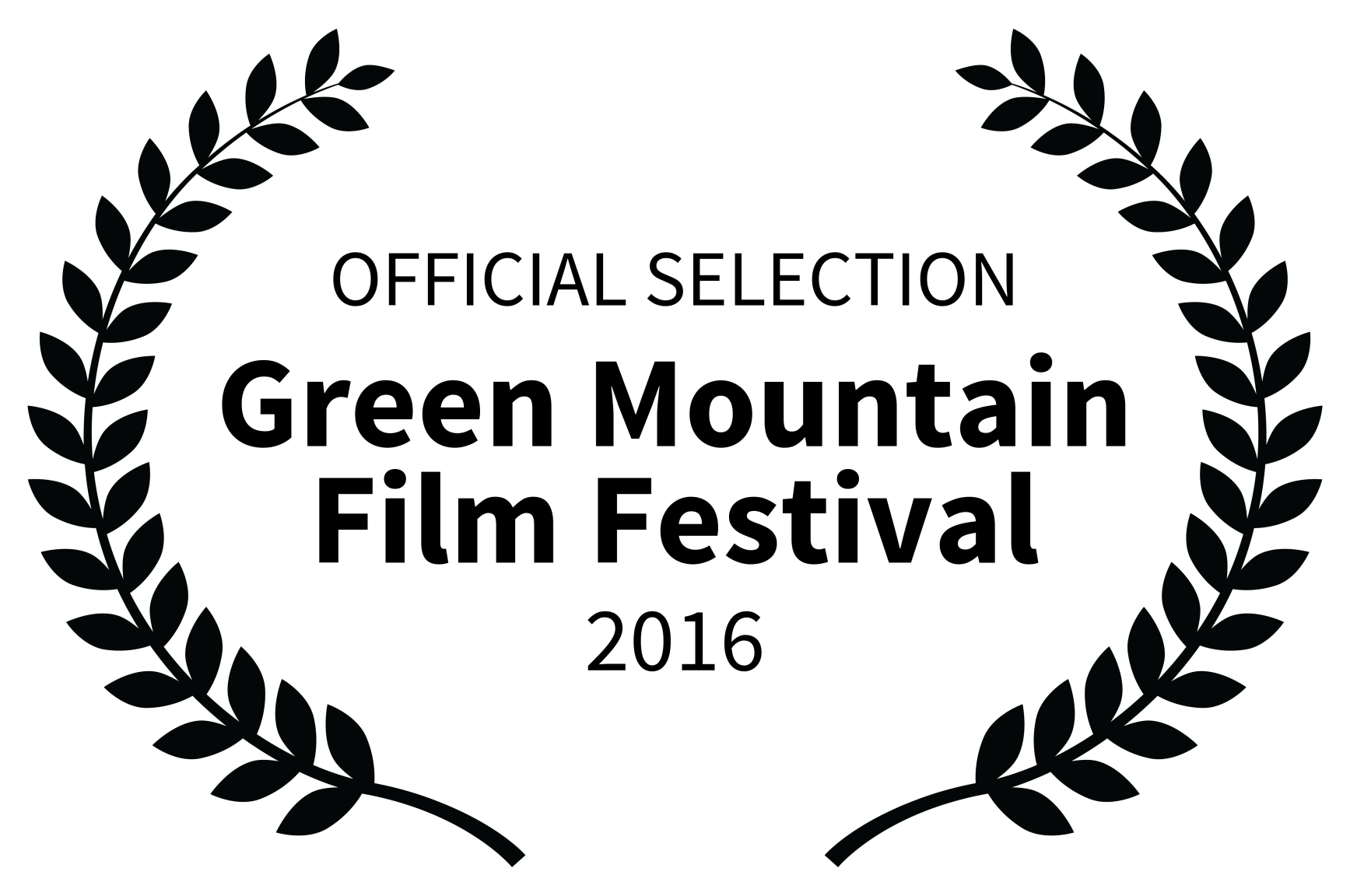
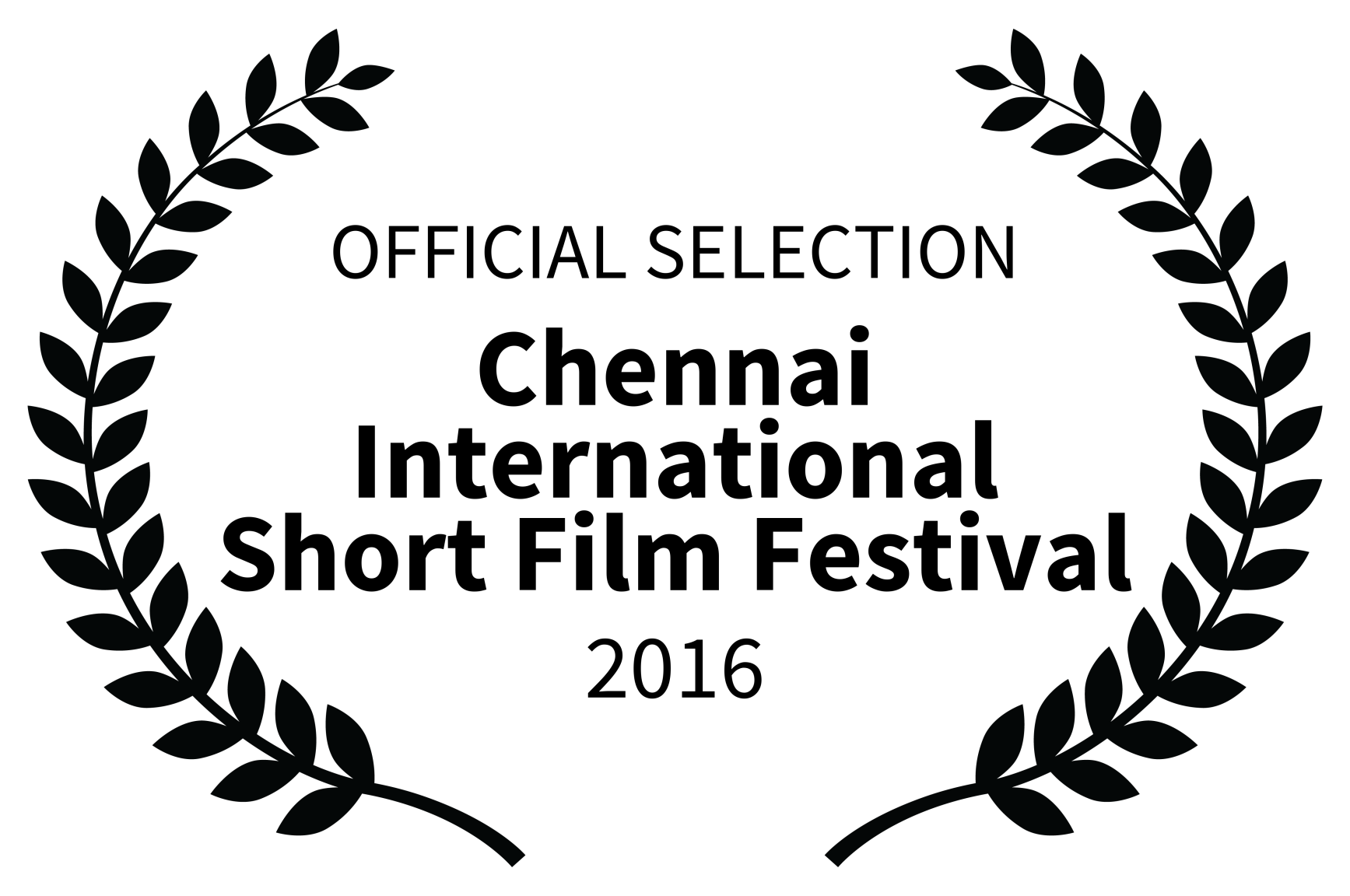

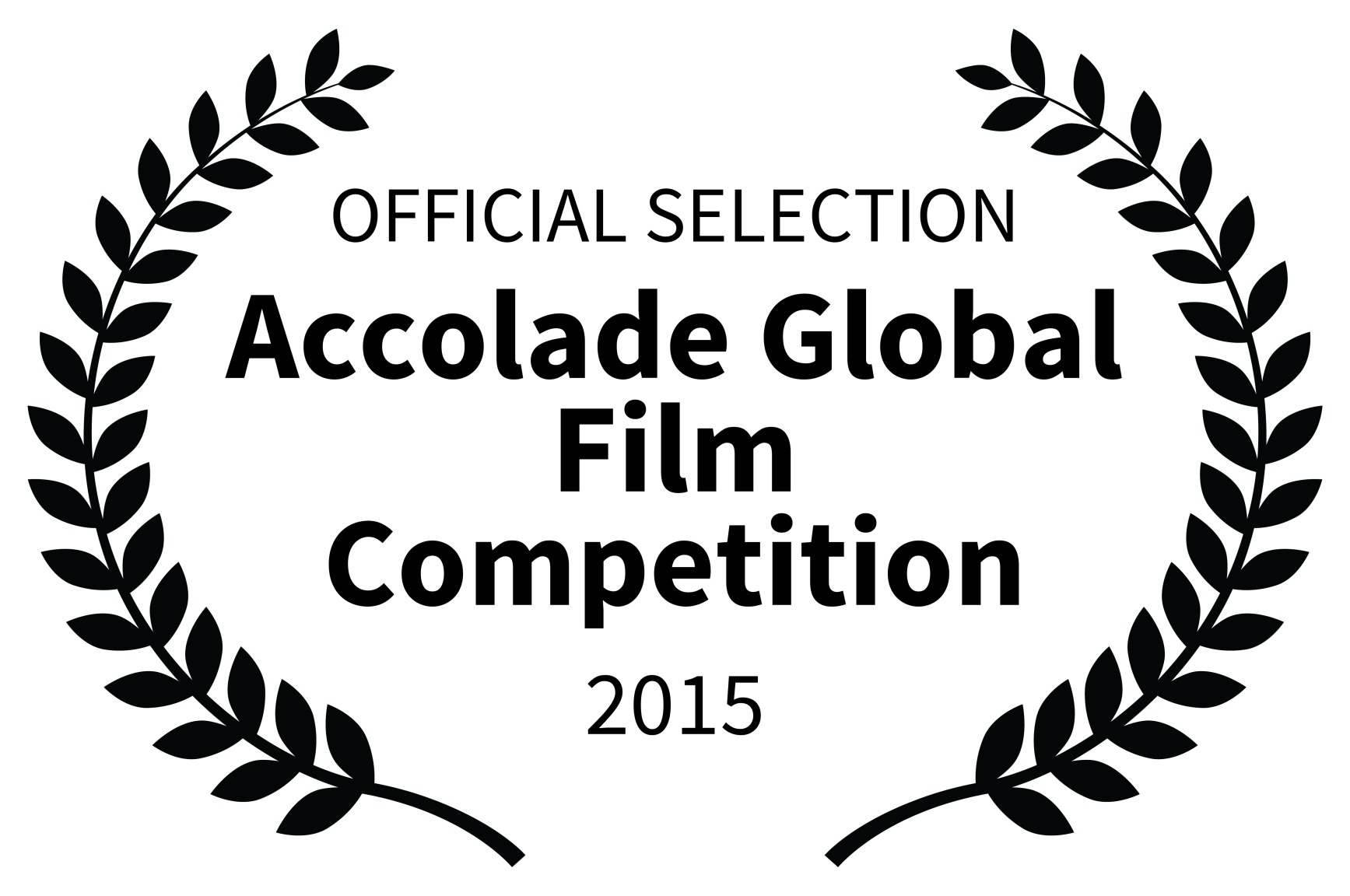
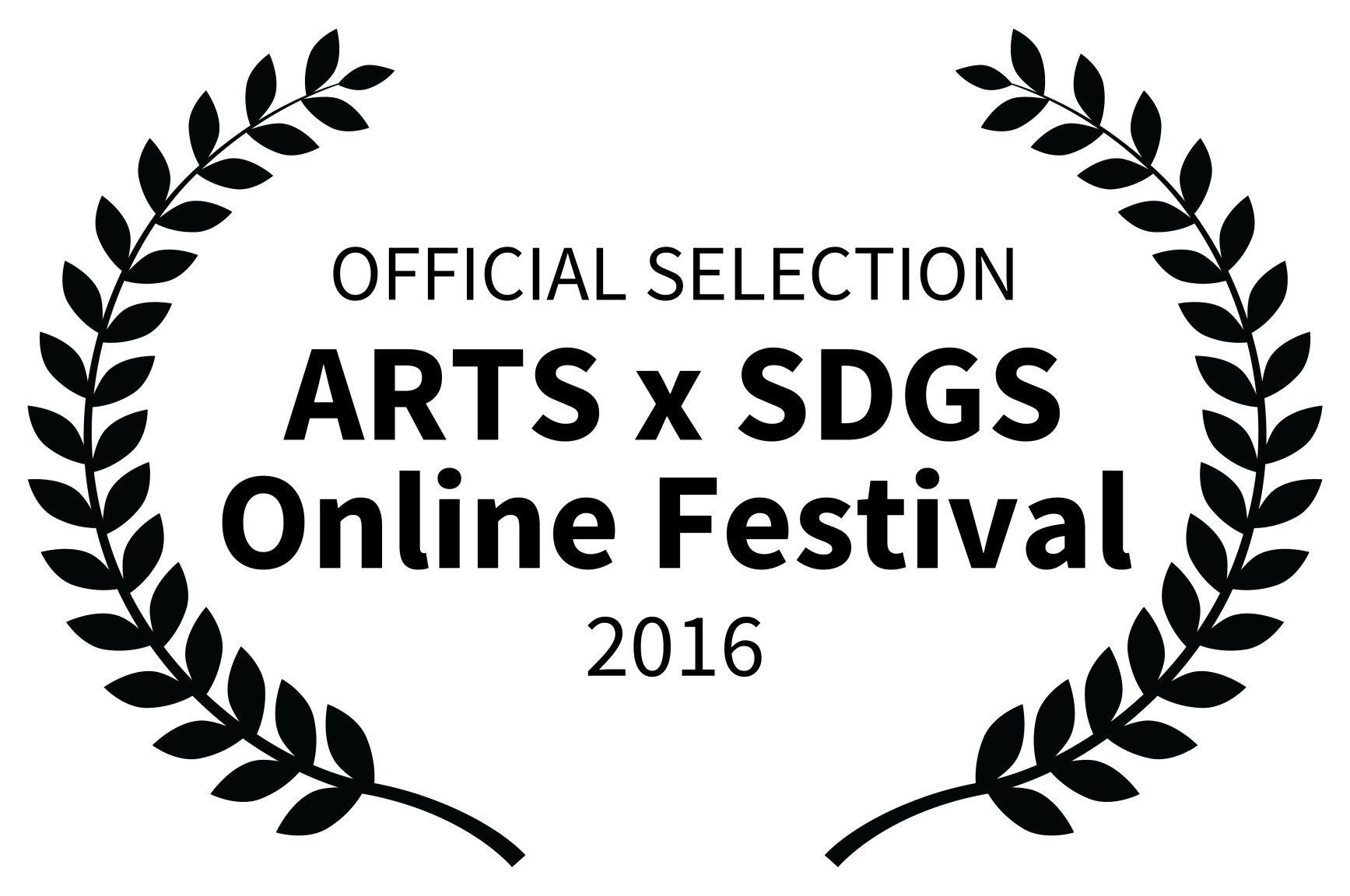
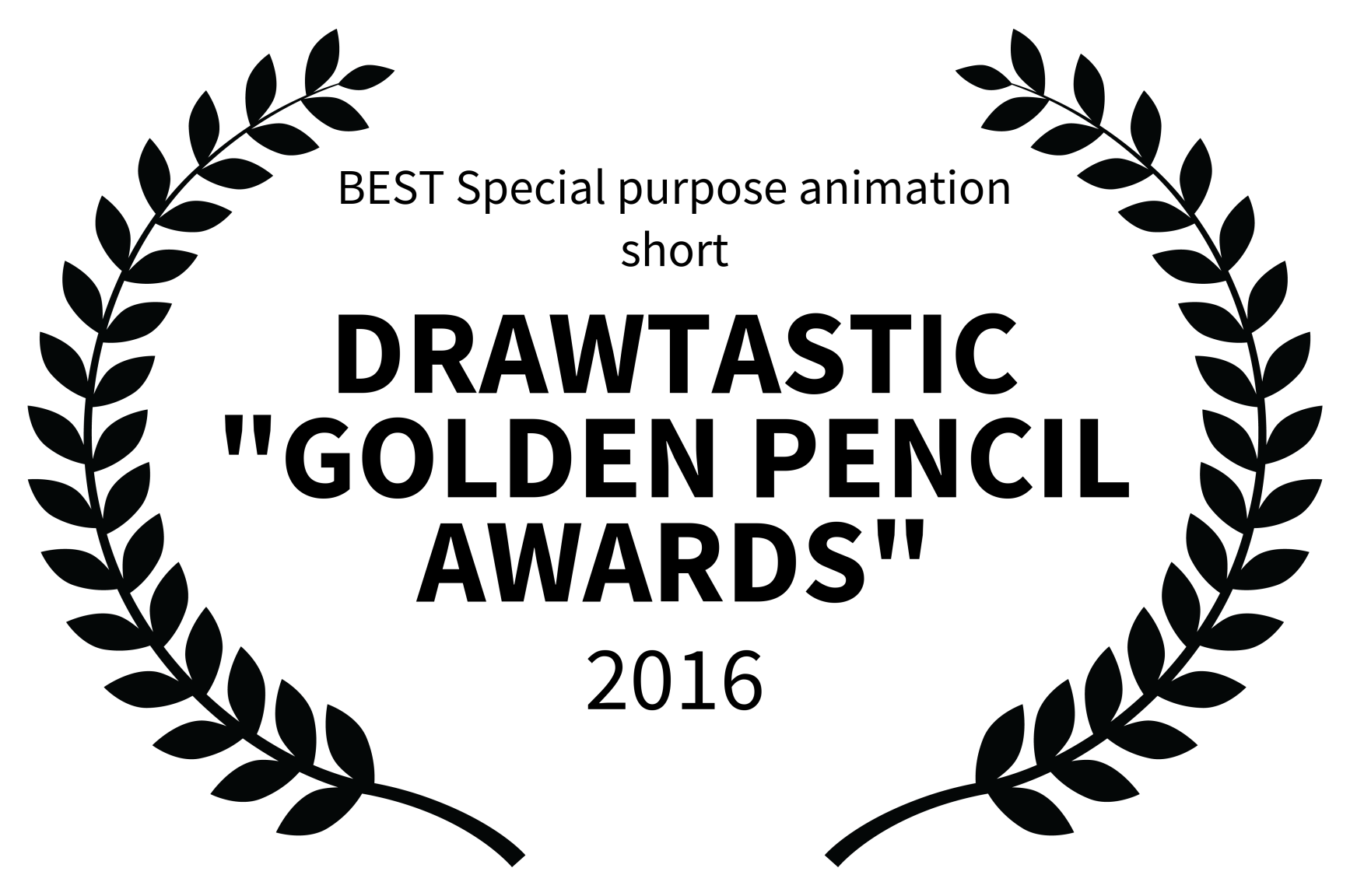
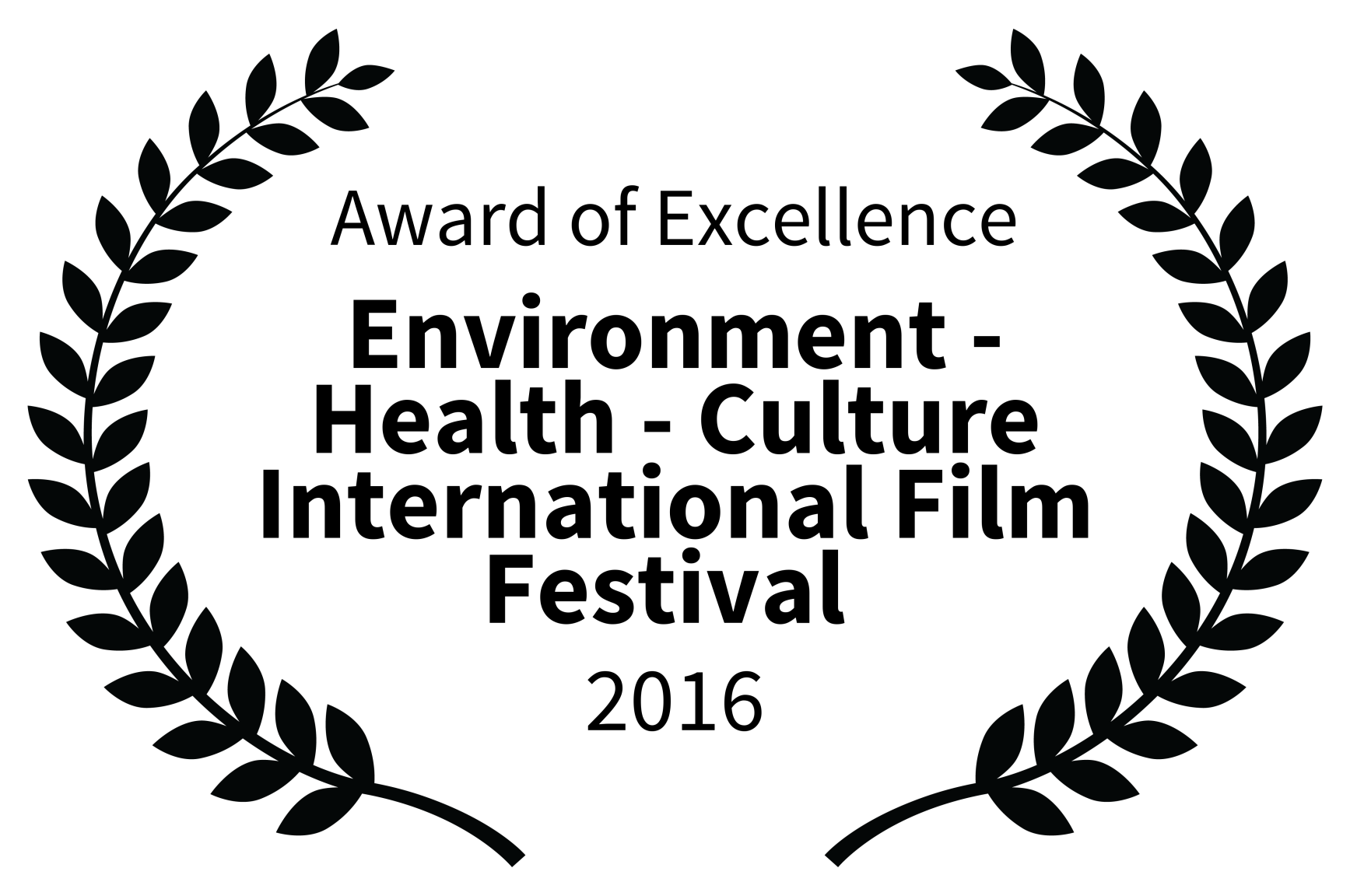
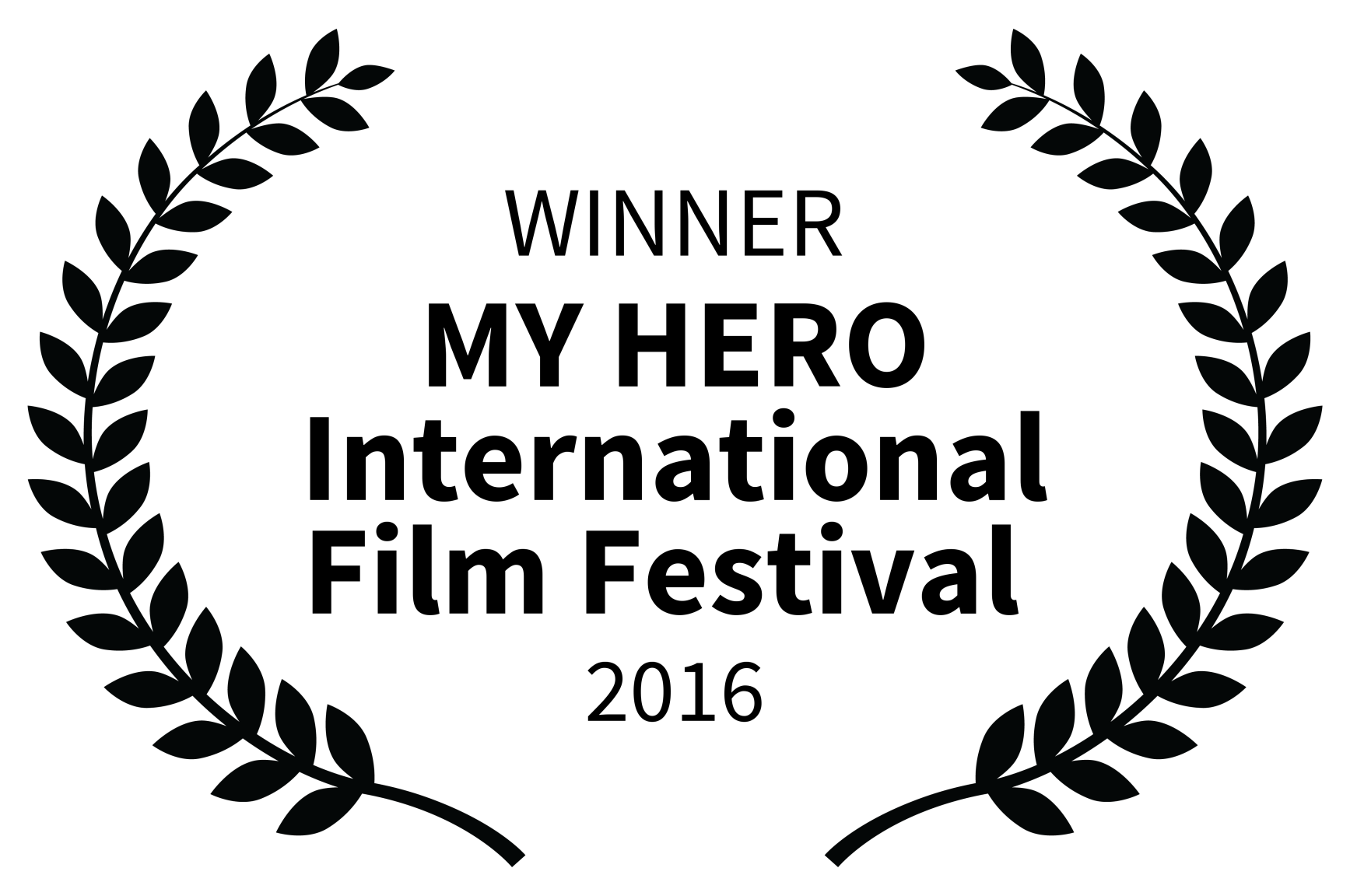
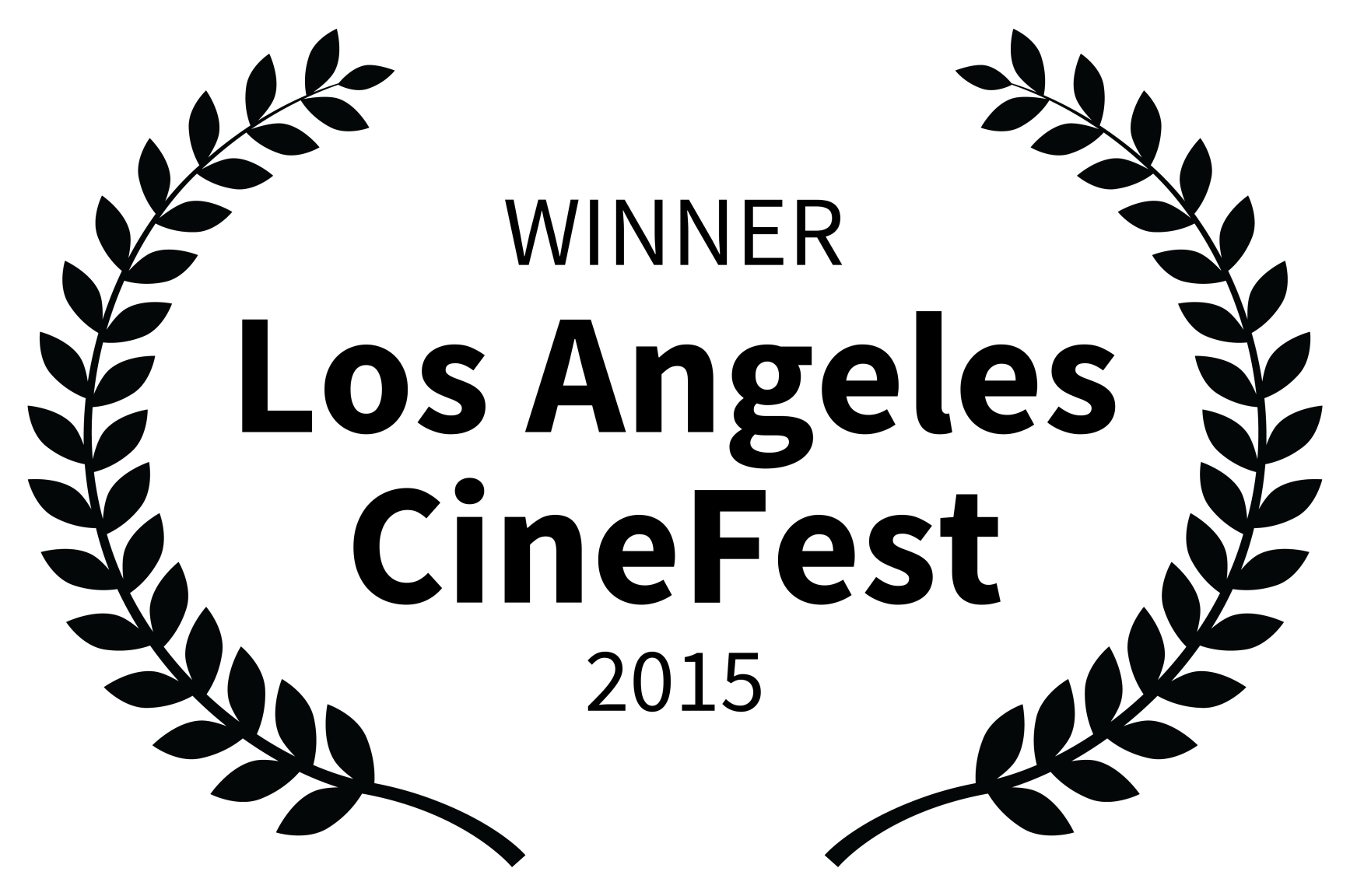
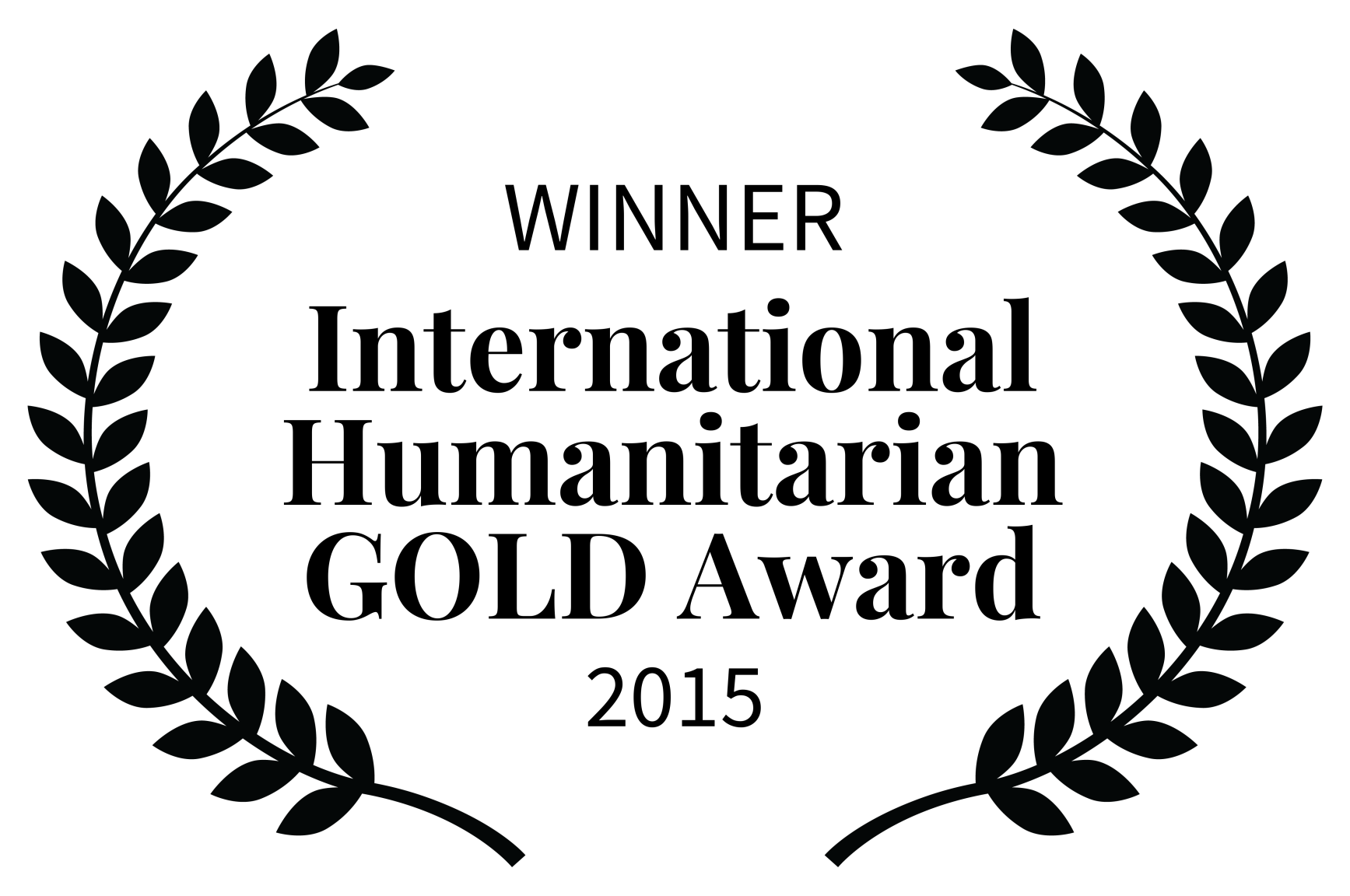
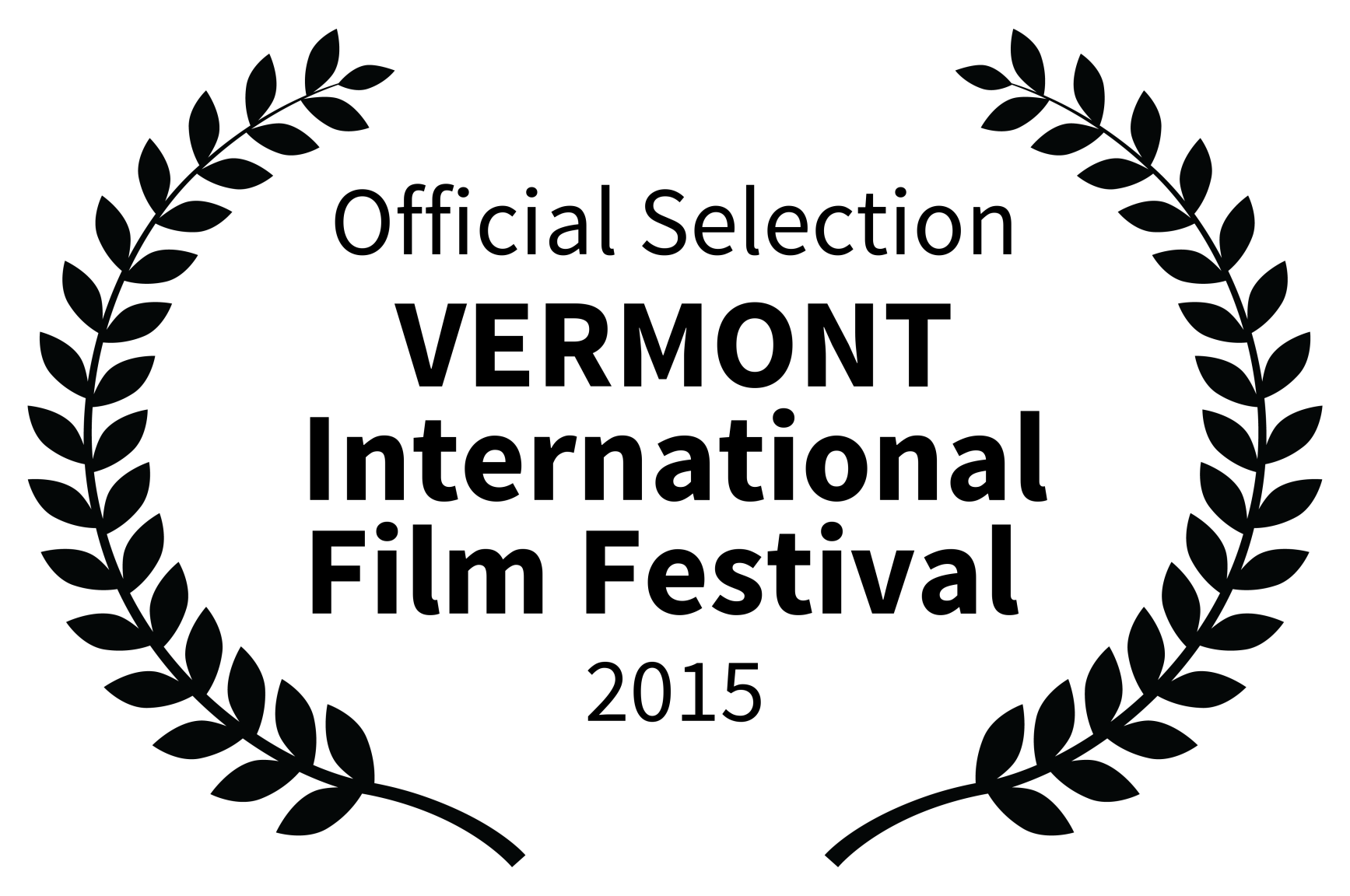
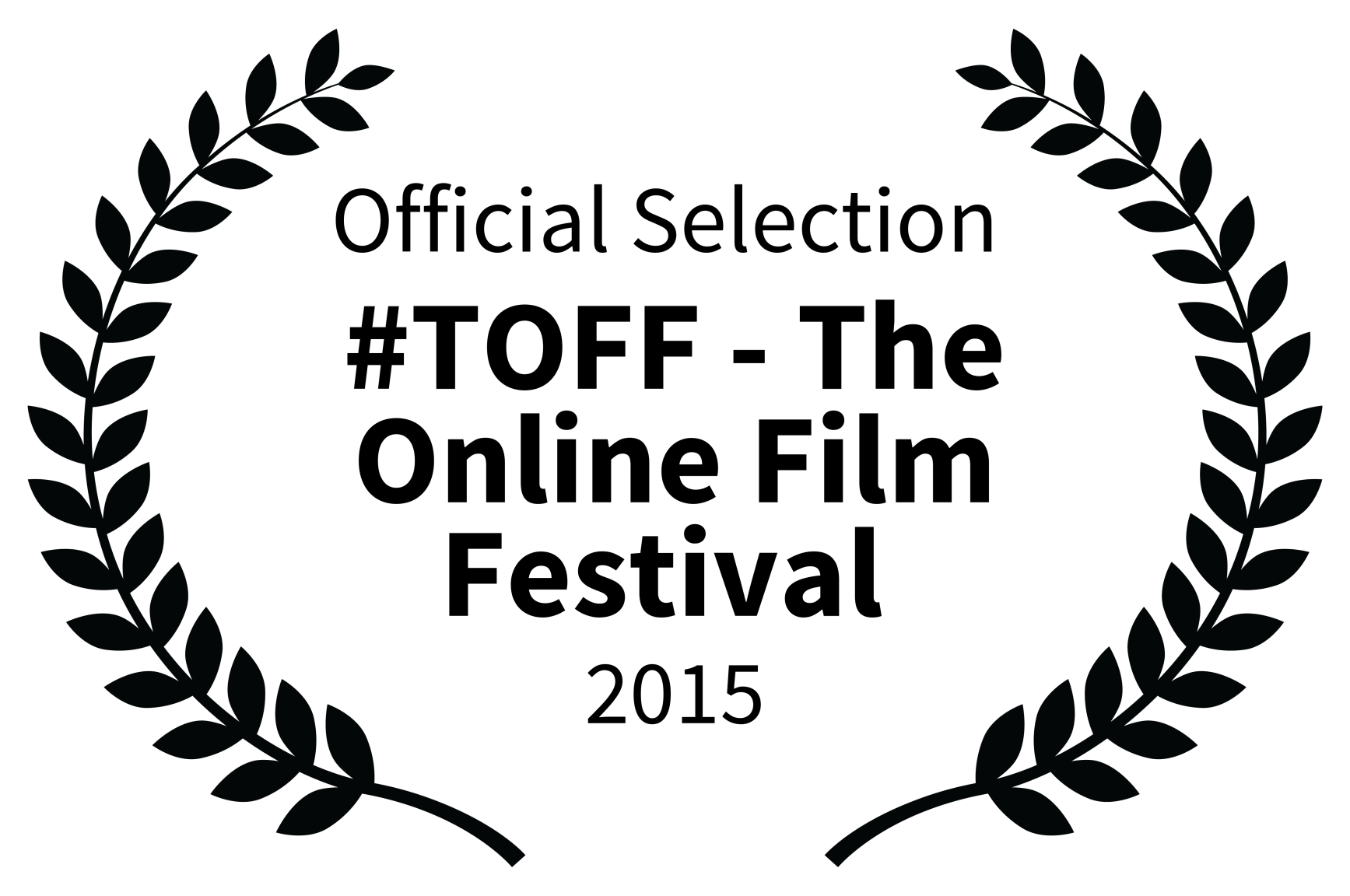
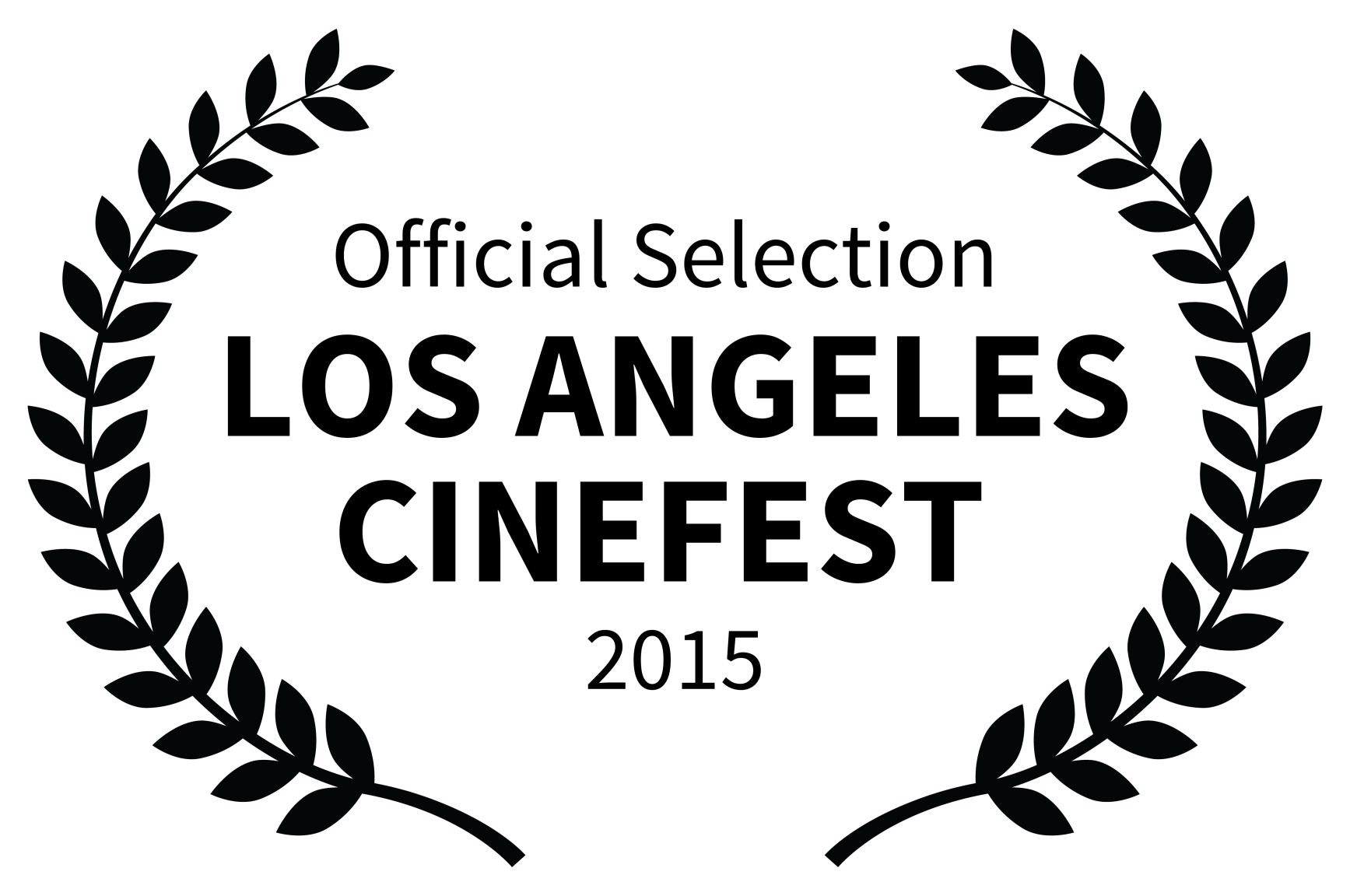
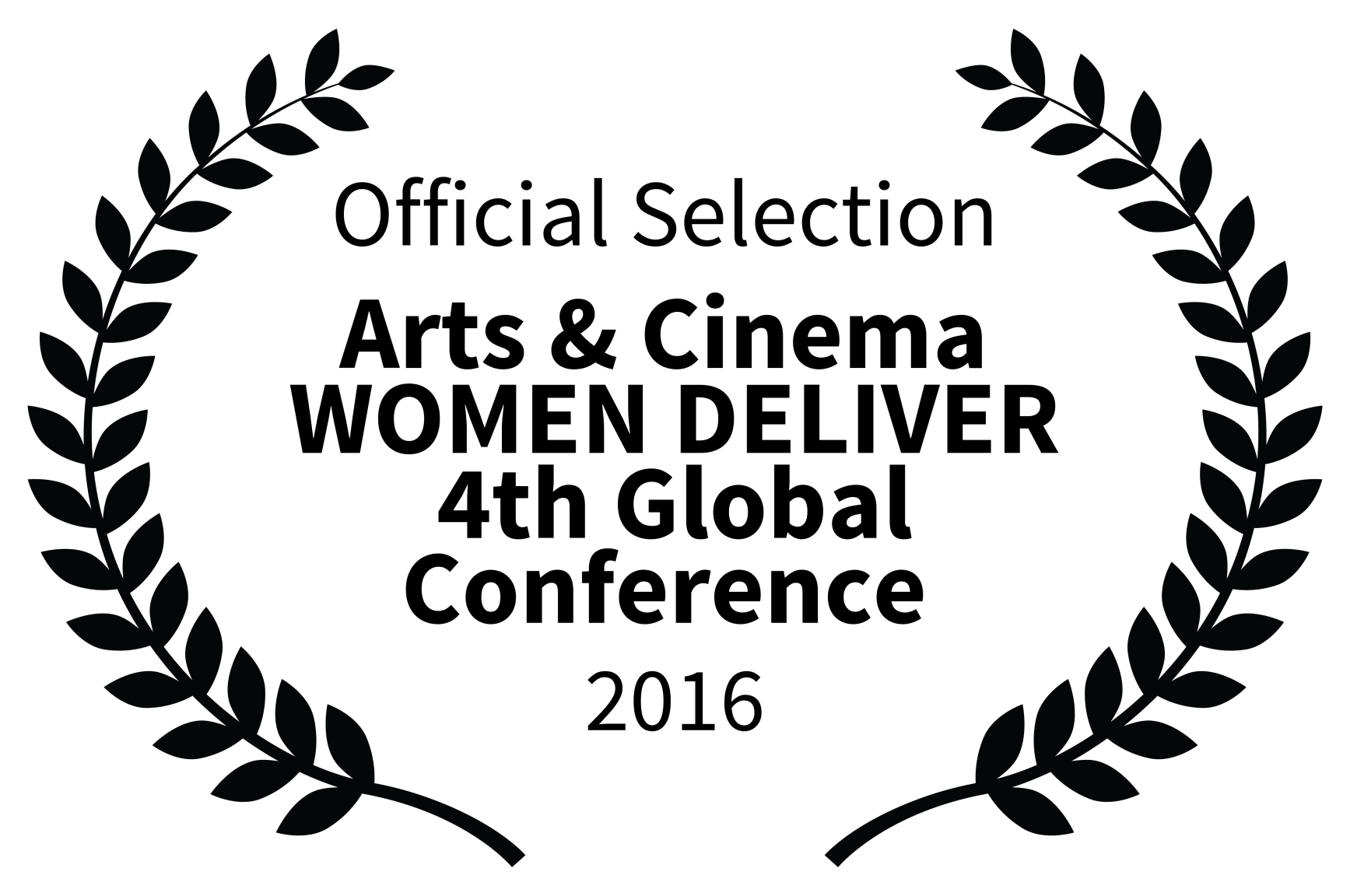
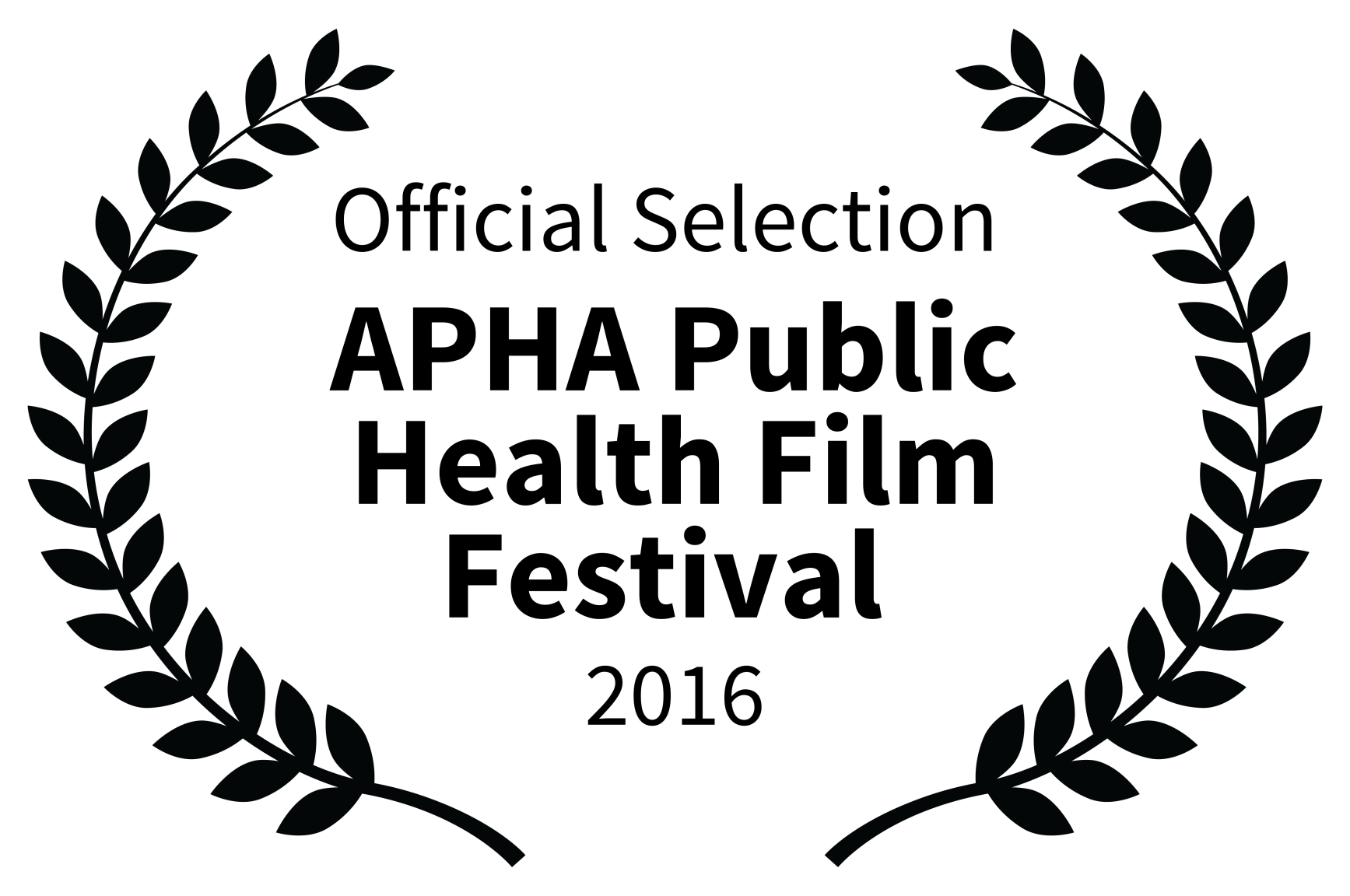
Acknowledgements
Film Team
Yoni Goodman – director, lead animator, Vfx and post production
Deb Van Dyke – producer, story
Peter Cardellichio – executive producer
Mark Binder – associate producer
Simon Lawson – associate producer
Uri Inks – art director
Sefi Gayego – animator
Elie Klimis – animator
Ayesha Casely-Hayford – English narration
Peter Warnock – recording technician
Uri Kalian – music, sound FX, and mix
Content Experts
Ombretta Baggio – IFRC
Jonathan Shadid – UNICEF
Alif Iman Nurlambang – IFRC
Amanda McClelland – IFRC
Funding Support
This film was produced with the support of the International Federation of Red Cross and Red Crescent Societies, UNICEF, mPowering Frontline Health Workers, and individual donations from Deborah Rose and friends from the Mad River Valley, Vermont and beyond.



